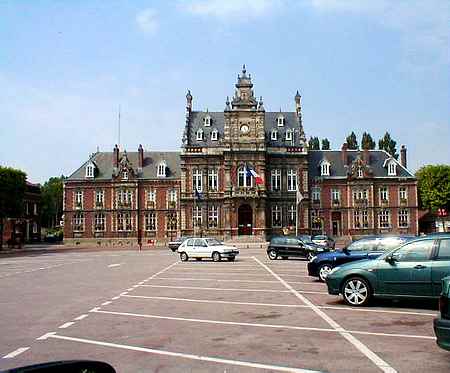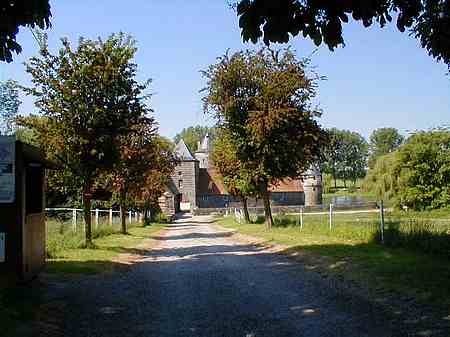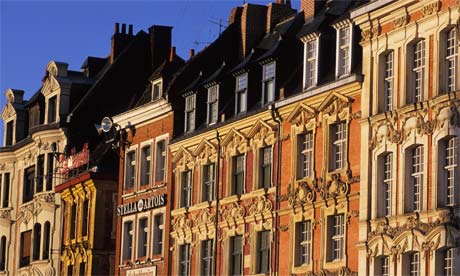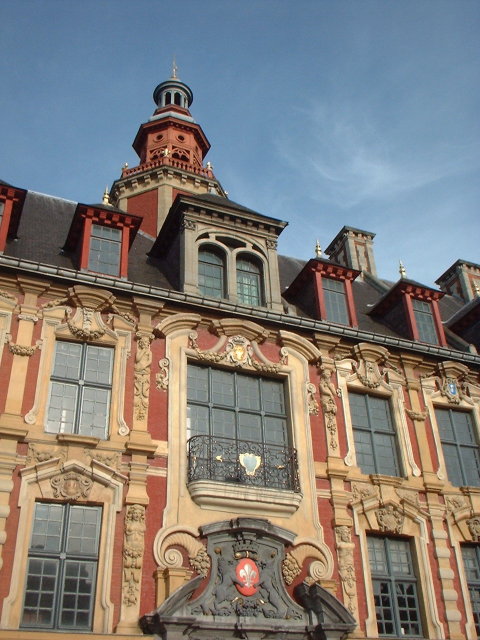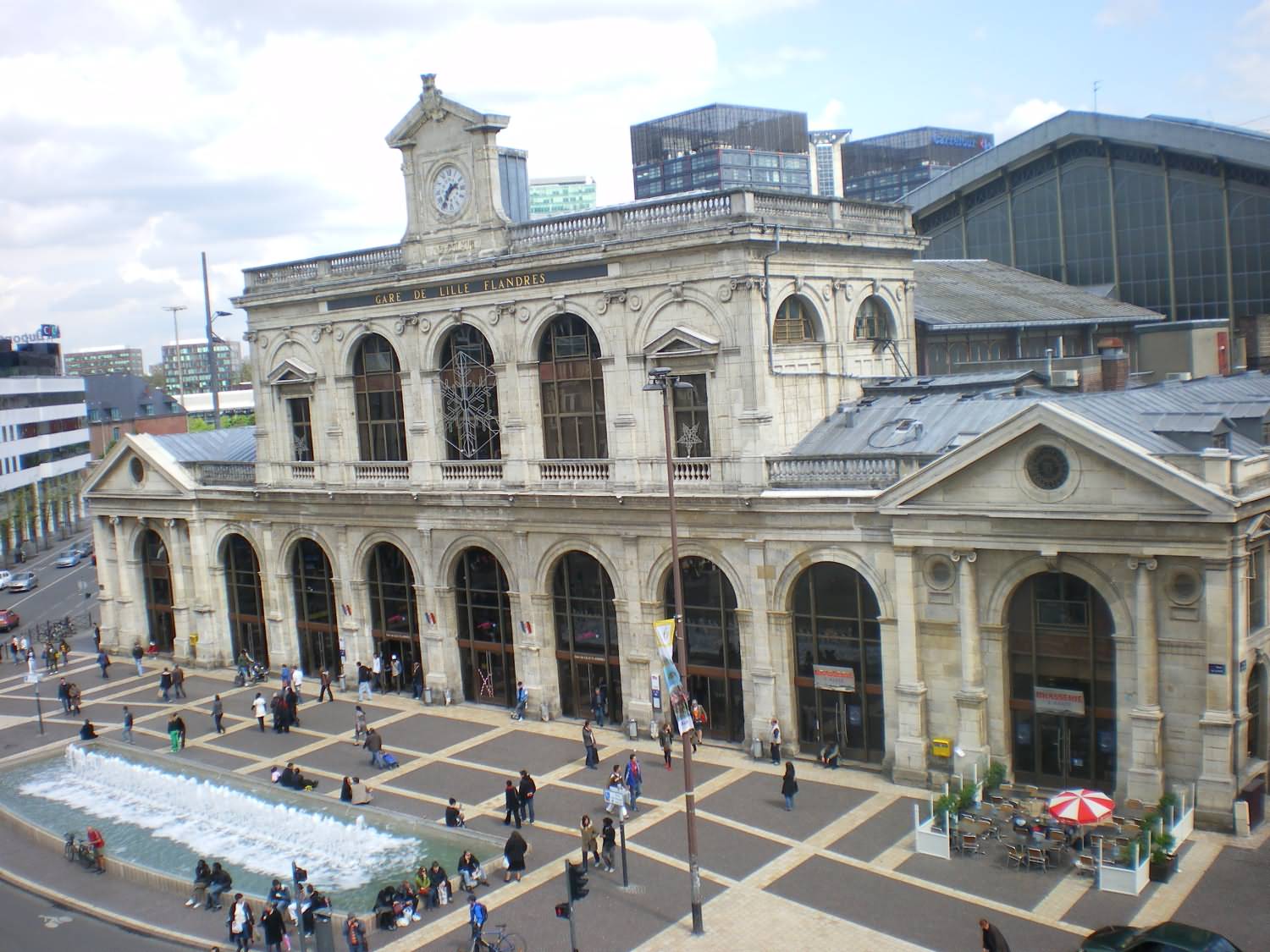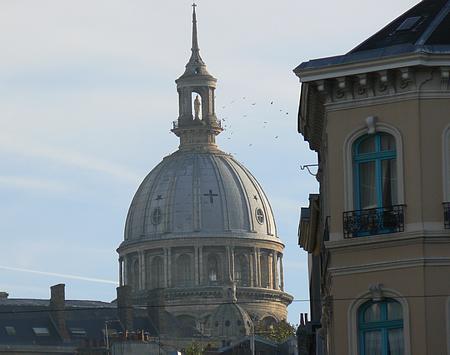
The Chartres Cathedral of France is situated in Chartes
about eighty kilometers southwest of Paris.
It is one of the best & most famous churches in the entire France.
It is counted third best among the Gothic style of architecture.
It’s full name is the Cathedral of Our Lady of Chartres.
It is a beautiful sight to see from a distance, between the wheat fields and only when tourists come closer to the church, it stands on the top of the hill and stands out in beauty.
The Chartres Cathedral was built in the 16th century and it has two Spires
the first one is 349 feet and the other is 377 feet tall.
As far as the history of the cathedral goes, this cathedral was said to be the most imperative building in the city. It acted as a big landmark for the local public
and also for the nearby visitors. All important activities were entered around the cathedral. Sometimes during the middle age, the cathedral worked as the market place.
In the middle of all this, the priests however were always against the cathedral being used as a market place.
So much so, that they did not allow people selling wine in the crypt.
The cathedral was a common assembly point for different kinds of workmen to find jobs for themselves.
The Chartres Cathedral is one of the most visited Gothic churches in the entire France.
The Chartres was a place where pilgrims used to come
quite often and during older days, the church used to be a hospital to take care of the sick.







